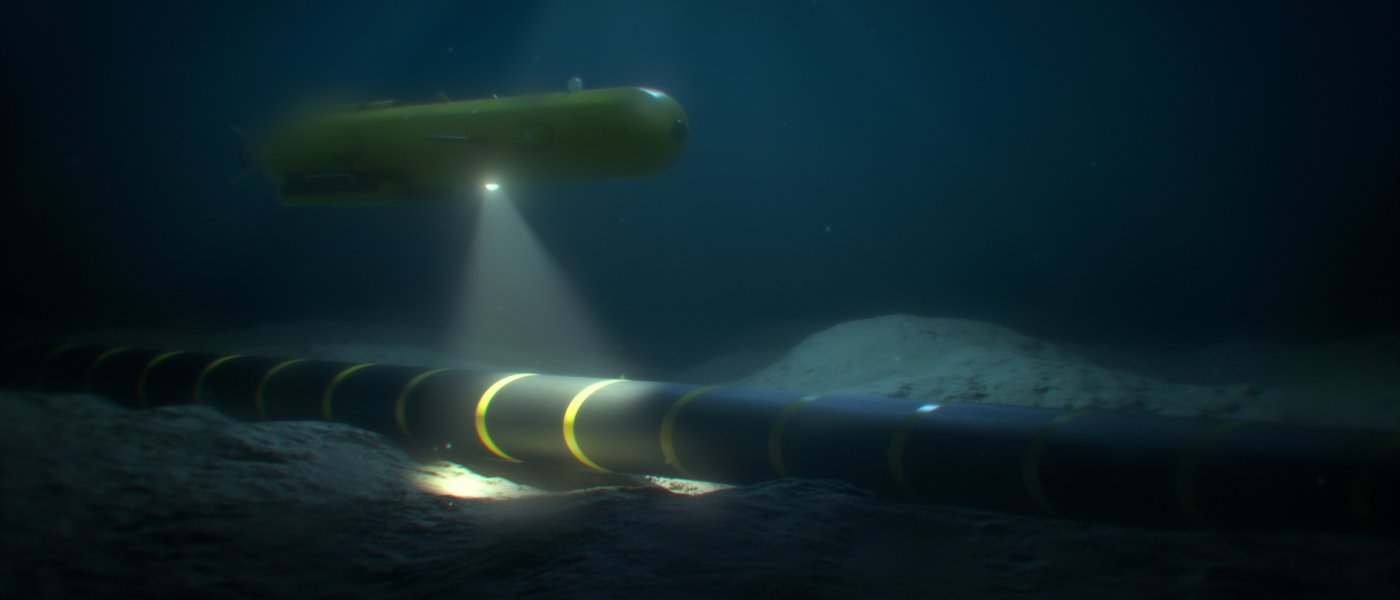La necesidad de salvaguardar la Infraestructura Crítica de Información y Telecomunicaciones (ICT) que soporta el 95% de la información digital global, es un tema de permanente análisis y preocupación. Existe la certeza que desde los primeros momentos de una crisis, las ICT sufrirán las consecuencias de conflictos futuros entre grandes potencias como EEUU, China y Rusia. El presente informe de CSIS afirma que estos riesgos geopolíticos y tecnológicos, requieren un especial tratamiento y consideración, enfocándose particularmente en las vulnerabilidades de los sistemas submarinos y determinando qué medidas EEUU puede adoptar para fortalecer la ICT actual y futura.
Subsea fiber-optic cables, a critical information and telecommunications technology (ICT) infrastructure carrying more than 95 percent of international data, are becoming a highly consequential theater of great power competition between the United States, China, and other state actors such as Russia. The roughly 600 cables planned or currently operational worldwide, spanning approximately 1.2 million kilometers, are the world’s information superhighways and provide the high-bandwidth connections necessary to support the rise of cloud computing and integrated 5G networks, transmitting everything from streaming videos and financial transactions to diplomatic communications and essential intelligence. The demand for data center computing and storage resources is also expected to increase in the wake of the artificial intelligence revolution. Training large language models takes enormous, distributed storage to compute, and if those networks are globally oriented, they will require additional subsea capacity to connect them. These geopolitical and technological stakes necessitate a consideration of the vulnerabilities of subsea systems and the steps the United States can take to fortify the digital rails of the future and safeguard this critical infrastructure.
![]() Fuente: https://www.csis.org
Fuente: https://www.csis.org


